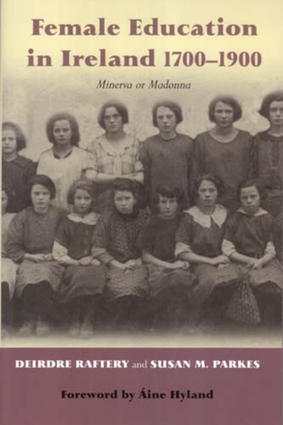Overview
The history of formal education for Irish women was characterised by a dichotomy: should a girl be educated for the private sphere and a dutiful subservience, or should she be educated for independent thought and paid employment? Her role models were either women who - like Minerva the goddess of wisdom - valued intellectual pursuits, or women who - like the Madonna - were pious and dutiful and accepted that their primary role was motherhood. This book is the only complete study of the formal education of Irish women and girls. Based on extensive research in original sources, it presents a fascinating social history of the educational experience of the female gender in Ireland between 1700 and 1920. The book, which examines its theme in three major sections, covers every aspect of formal - and indeed informal - schooling and tuition. Consequently, the reader is introduced to such areas as private education, orphanages, industrial schools, national schools, convents, intermediate schools, and colleges of higher education. Section One examines the history of education prior to the intervention of the state. Sources include records of private education, charity schools, and foundations of the early Catholic teaching orders. Section Two examines state intervention. The introduction of the national school system brought mass literacy to girls of the lower classes but with a gendered curriculum. At convent and boarding schools, middle-class girls received and education suited to their roles in life. However, in the mid-nineteenth century we find the genesis of the concept of academic education for girls. Finally, Section Three deals with the intellectual liberation of women, with particular reference to state support for Intermediate education from 1878, and the campaign for access to higher education for women. Formal education brought with it an opening of the professions, and facilitated access to a range of paid employment for women.

